要在Spring Boot Actuator中实现自定义端点,可以按照以下步骤进行操作:
1.创建一个自定义端点类
该类需要使用`@Endpoint`注解进行标记,并使用`@Component`注解将其作为Spring Bean进行管理。
package com.example.highactuator.point;
import lombok.extern.apachecommons.CommonsLog;
import org.springframework.boot.actuate.endpoint.annotation.Endpoint;
import org.springframework.boot.actuate.endpoint.annotation.ReadOperation;
import org.springframework.stereotype.Component;
@Component
@Endpoint(id = "customEndpoint")
public class CustomEndpoint {
@ReadOperation
public String customEndpoint() {
return "Custom endpoint response";
}
}在上述示例中,我们创建了一个自定义端点类`CustomEndpoint`,并使用`@Endpoint`注解指定了端点的ID为`customEndpoint`。`@ReadOperation`注解用于标识该方法处理读取操作的请求。在本例中,该方法返回一个自定义的响应字符串。
2. 在application.yml`中配置端点的暴露路径和敏感性。
主要是下方图片中圈中的配置,其他内容忽略一下
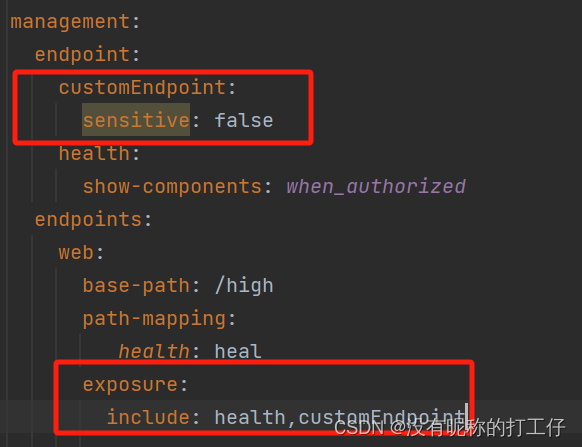
management:
endpoint:
customEndpoint:
sensitive: false #标记为非敏感
health:
show-components: when_authorized
endpoints:
web:
base-path: /high
path-mapping:
health: heal
exposure:
include: health,customEndpoint #暴露路径上述配置指定了只暴露`customEndpoint`端点,并将其设置为非敏感。
3. 启动应用程序
可以通过`/actuator/customEndpoint`路径访问自定义端点。
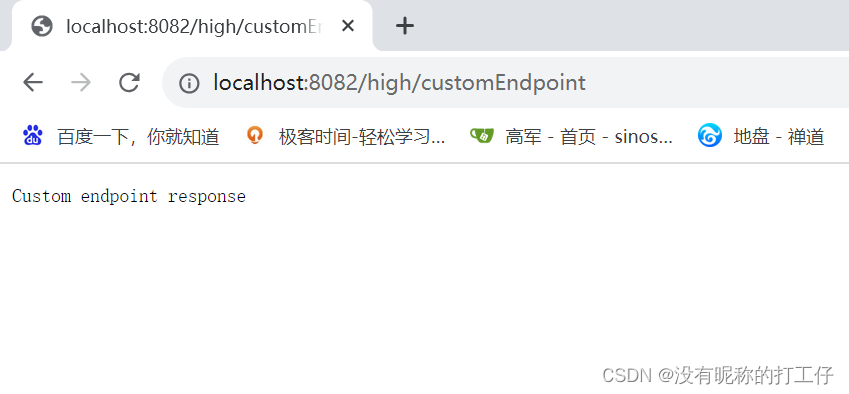
通过以上步骤,你可以创建和暴露自定义的端点,并在访问对应的路径时获取自定义的响应。请根据实际需求来实现自定义端点的方法和逻辑,在方法中返回所需的监控数据或其他自定义操作。
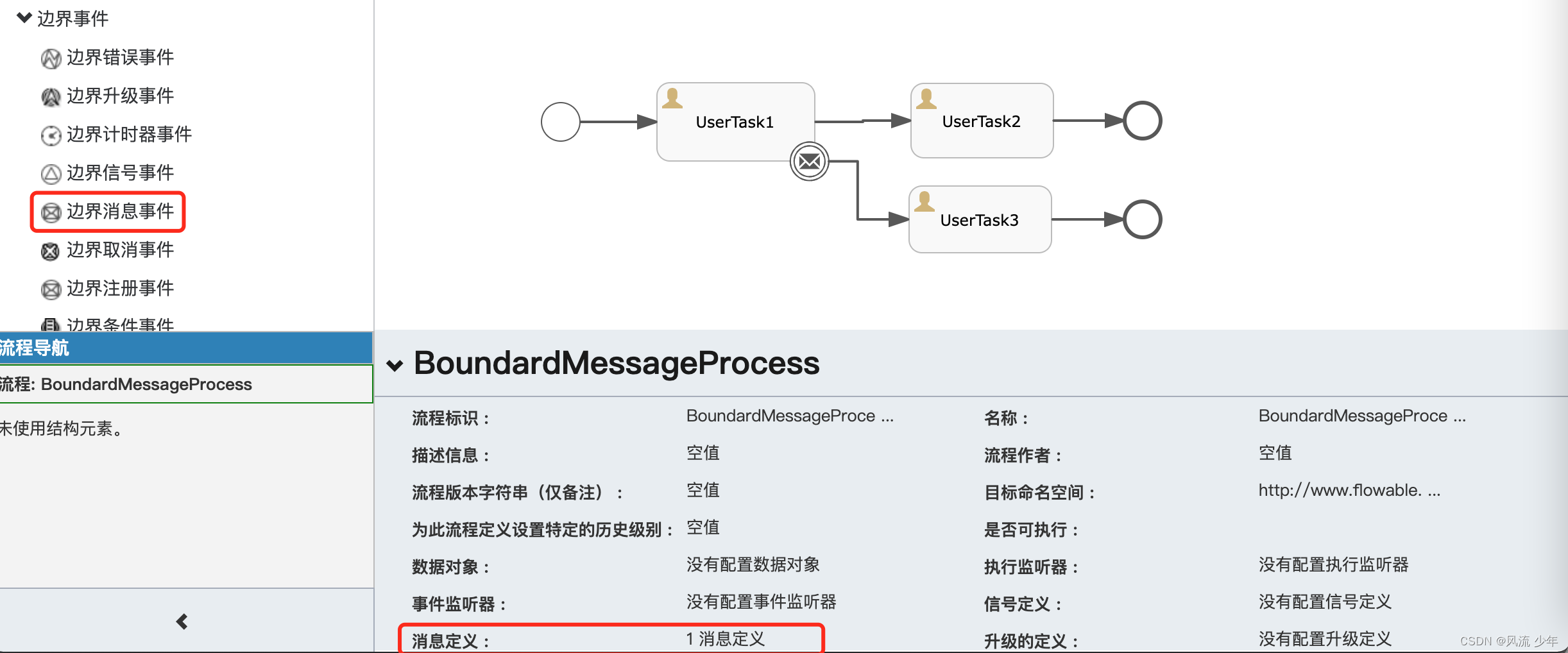


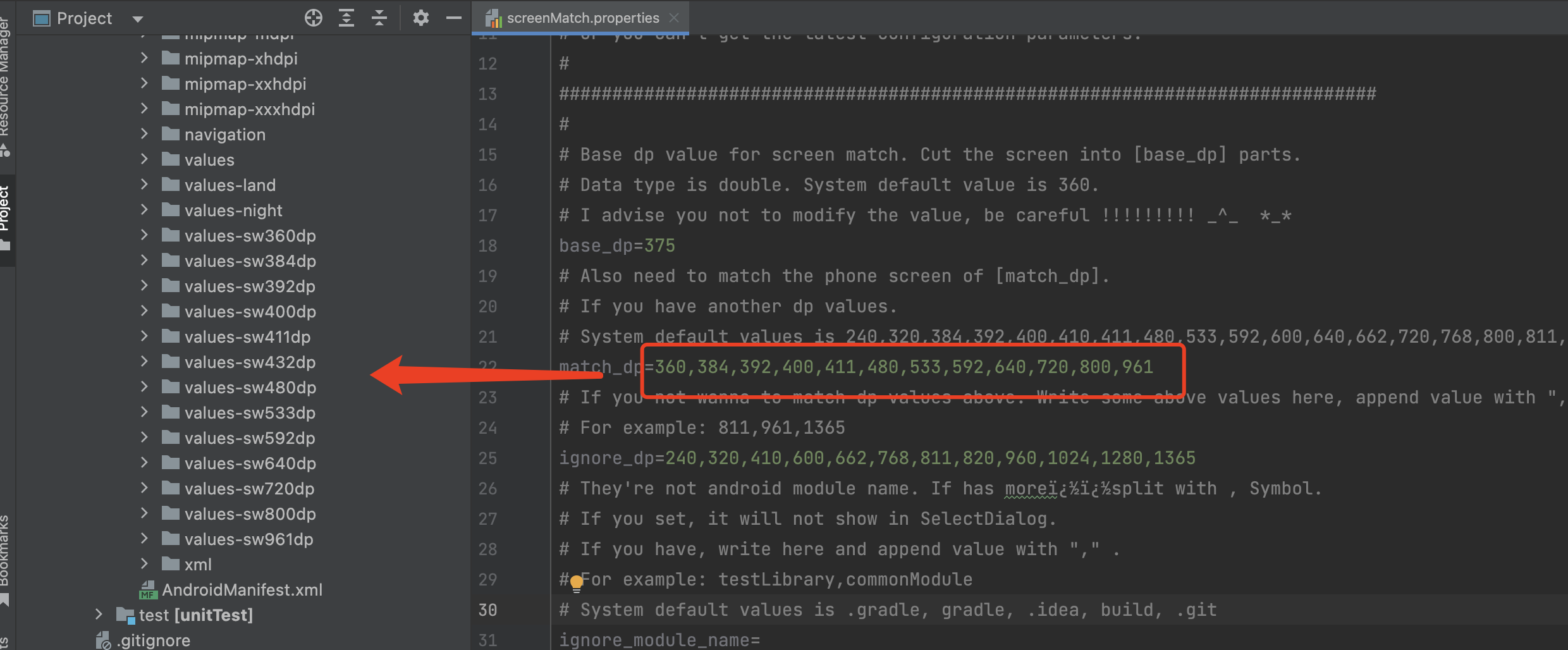


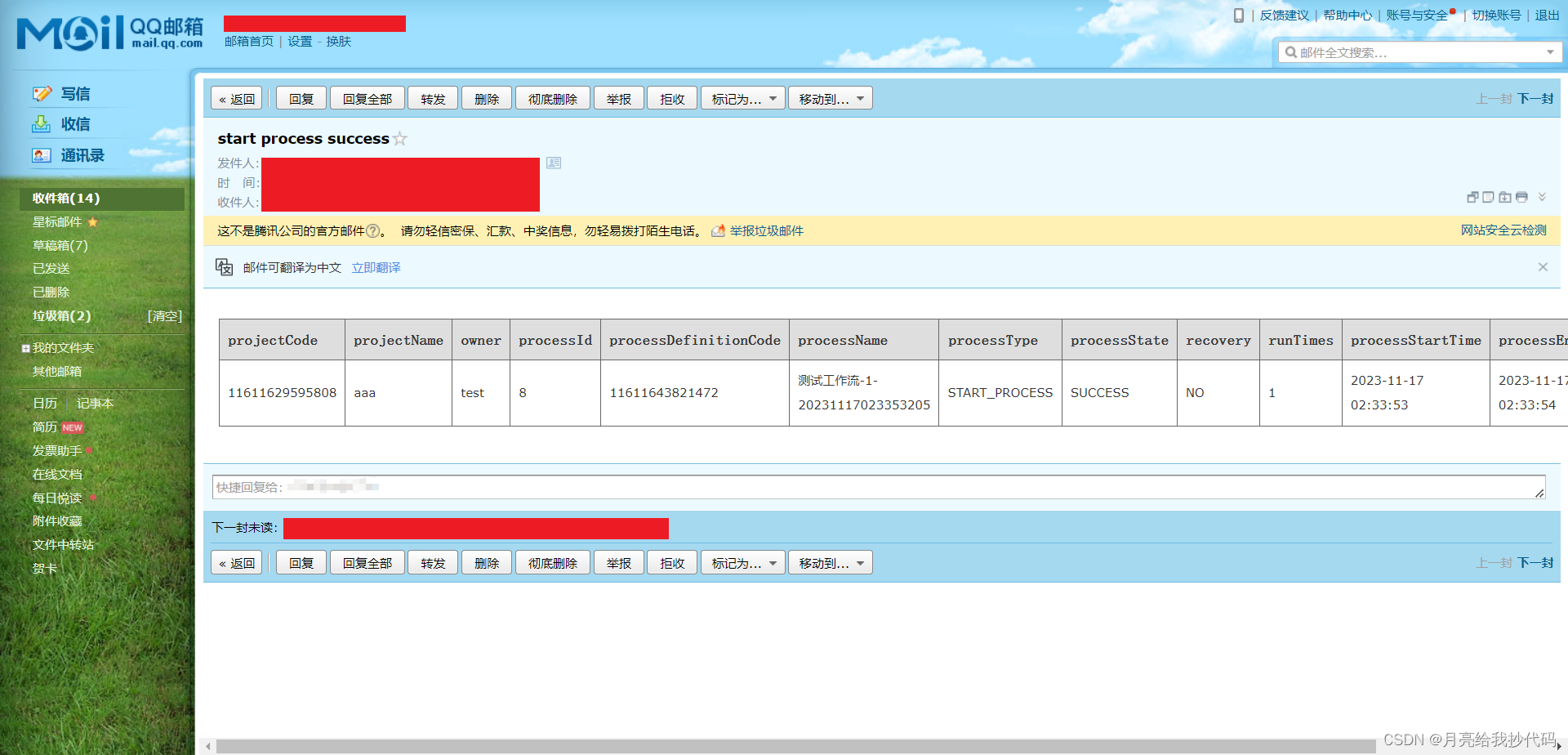




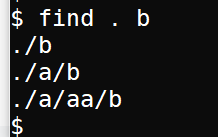




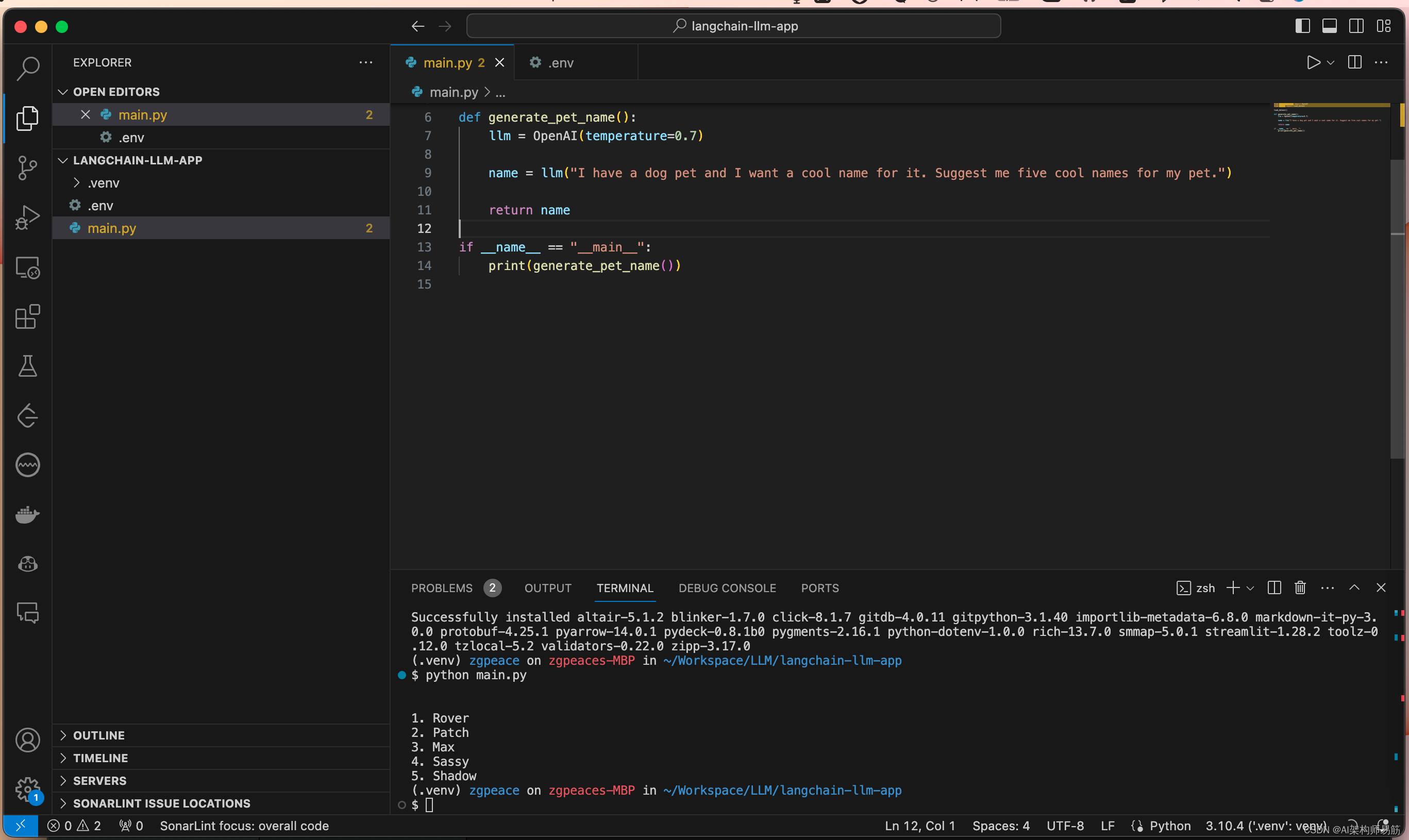

![23111709[含文档+PPT+源码等]计算机毕业设计基于Spring Boot智能无人仓库管理-进销存储](https://img-blog.csdnimg.cn/img_convert/6ed734c8fb3a44be73f5f5d705b055b8.png)